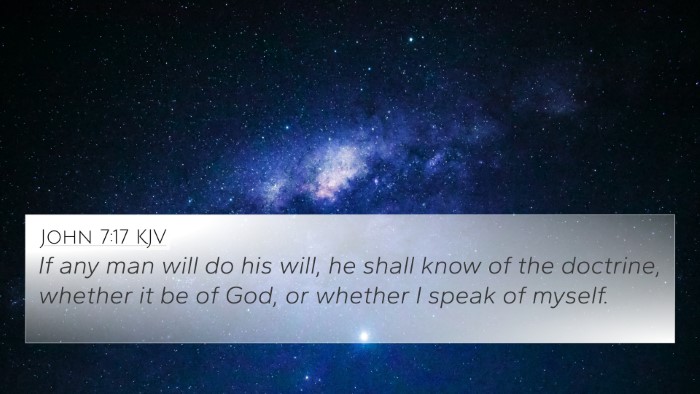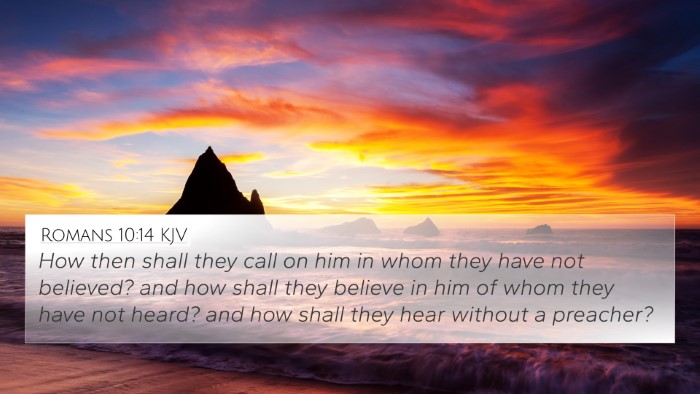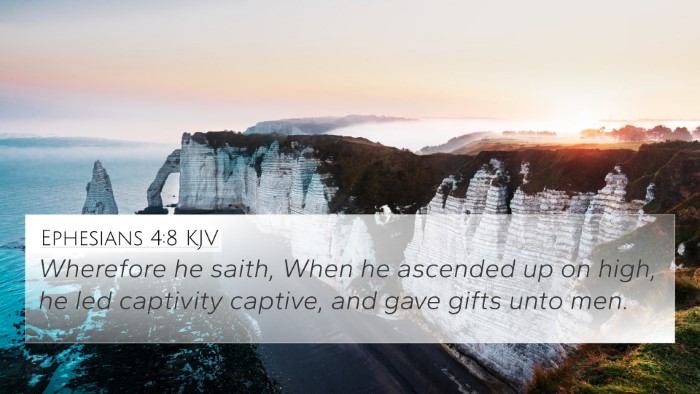Understanding Acts 10:6
Bible Verse: Acts 10:6 - "He is lodging with Simon, a tanner, whose house is by the sea. He will tell you what you must do."
This verse is significant as it marks a pivotal moment in the early church, where God begins to expand the message of the Gospel beyond the Jewish people to the Gentiles. The tidal wave of the Holy Spirit's influence is evident as Peter receives instructions leading him to Cornelius, a Gentile centurion. This event displays God's desire for inclusivity and the breaking down of cultural barriers.
Exegesis and Insights from Public Domain Commentaries
Matthew Henry: Matthew Henry emphasizes the importance of Peter’s role in the unfolding of God’s plan to unite Jews and Gentiles in Christ. He notes that Simon the tanner's home represents a broader acceptance, as tanners were traditionally seen as unclean. Peter’s stay there symbolizes the breaking of Jewish dietary laws and traditions, signifying that righteousness is not based on adherence to such laws.
Albert Barnes: Barnes points out that the mention of Simon the tanner's profession indicates a divine arrangement. The divine revelation Peter receives while in prayer highlights the pivotal nature of guidance from God in fulfilling the Great Commission. Barnes also discusses how this meeting symbolizes God’s expanded mission for the apostles to preach the Gospel to all nations.
Adam Clarke: Adam Clarke connects this verse to the broader narrative concerning the acceptance of Gentiles into the faith. He interprets Simon's house being "by the sea" as symbolizing a new beginning, akin to how Christ called his disciples beside the Sea of Galilee. This geographic mention reflects the reaching of the Gentiles beyond the confines of Judaism.
Bible Cross References
- Acts 10:1-2: Introduction of Cornelius, establishing the context for Peter’s divine appointment.
- Matthew 28:19: The Great Commission, where Jesus instructs the disciples to make disciples of all nations.
- Acts 11:15-18: Peter recounts the story of Cornelius, emphasizing the acceptance of Gentiles.
- John 10:16: Jesus speaks of having other sheep not of this fold, foreshadowing the inclusion of Gentiles.
- Galatians 3:28: In Christ, there is no Jew or Gentile, underlining the unity of believers.
- Romans 1:16: The Gospel is the power of God for salvation to everyone who believes, first for the Jew, then for the Gentile.
- Acts 15:7-11: The Jerusalem Council confirms that salvation comes through the grace of Jesus for both Jews and Gentiles.
- Isaiah 42:6: God’s promise to provide a light for the Gentiles, showcasing the prophetic understanding of inclusivity.
- Acts 2:39: The promise of the Holy Spirit extends to all whom the Lord will call, reinforcing God's desire for all nations.
- Luke 4:25-27: Jesus speaks of Elijah and Elisha helping Gentiles, illustrating God’s attitude toward the nations other than Israel.
Thematic Connections and Cross-Referencing
This verse serves as a bridge connecting various themes throughout scripture regarding inclusivity and God's universal plan for salvation:
- Faith vs. Cultural Identity: The tensions of faith include the challenge of mixing cultures, as seen in Acts 11.
- God’s Sovereignty: God's control over events is highlighted through Peter’s divine appointment.
- Transformation: The transformation of Peter from a traditional Jew into a catalyst for Gentile inclusion symbolizes the heart of the Gospel.
- Prayer and Revelation: Peter's prayer leading to a vision emphasizes the significance of seeking God in understanding His will.
Conclusion
Acts 10:6 encapsulates a transformative moment not only for Peter but for the Church as a whole. By intertwining Jewish and Gentile narratives, the passage illustrates the depth of God’s love and purpose for humanity. Understanding this verse through the lens of public domain commentaries—like those of Matthew Henry, Albert Barnes, and Adam Clarke—provides profound insights into its implications for Christian theology and practice.








